Eco driving

Track your fuel consumption
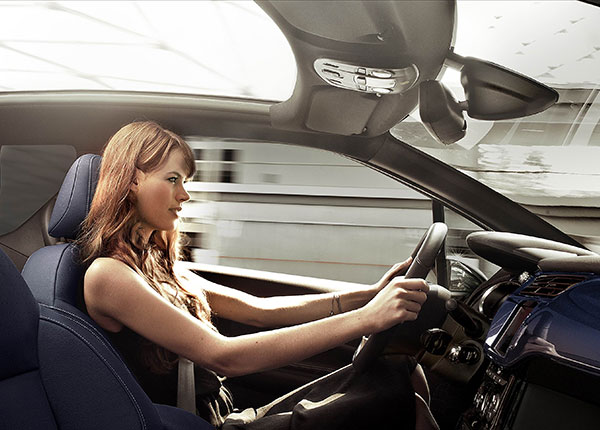 Citroën studies the environmental impact of its vehicles right from the design stage. Cutting fuel consumption is part of this approach. The car that you have bought (or plan to buy) reflects the latest progress in this area.
Citroën studies the environmental impact of its vehicles right from the design stage. Cutting fuel consumption is part of this approach. The car that you have bought (or plan to buy) reflects the latest progress in this area.
To find out out more about this approach, read on. This section includes tips and good practices to help you track your fuel consumption.
These simple recommendations concern the way you use and maintain your car. Your driving style, for example, is an important factor, since it can cut fuel consumption by up to 15%.
Read this section attentively to make running your car less expensive at the fuel pump. We have ranked these tips in order of importance, based on the average savings that you could gain over a long period of use.
Gear speed
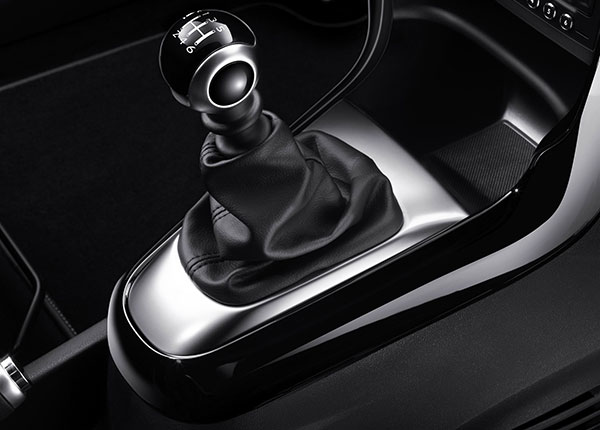 ALWAYS SELECT THE RIGHT GEAR Selecting the right gear is a simple way to optimise fuel consumption.
ALWAYS SELECT THE RIGHT GEAR Selecting the right gear is a simple way to optimise fuel consumption.
Although you may sometimes need to maintain a constant speed for reasons of traffic density and safety, it is often possible to adopt a lower engine speed.
With a manual gearbox, select the highest gear possible. If your vehicle has a gear change indicator, adopt the recommended gear speed whenever possible. An engine running at low speed consumes less fuel even though you may have the impression that it is working harder to move forwards.
With a clutchless or automatic gearbox, an automatic function adapts gear changes to the driver’s style. Use this function whenever possible and drive smoothly. Use the accelerator pedal with moderation, and the automatic function will optimise fuel consumption by selecting the most appropriate gear ratio. At 50 kph, driving in 5th gear rather than in 3rd, cuts fuel consumption by between 20 and 25%.
This is a good way to save fuel while improving acoustic comfort. When your car is at a standstill, e.g. at a light before crossing a junction, do not stay in first gear. Put the gearbox in neutral to avoid making the clutch work harder.
If your car has a Stop & Start function,the engine will cut out automatically. This function brings substantial fuel savings in city driving.
Speed management
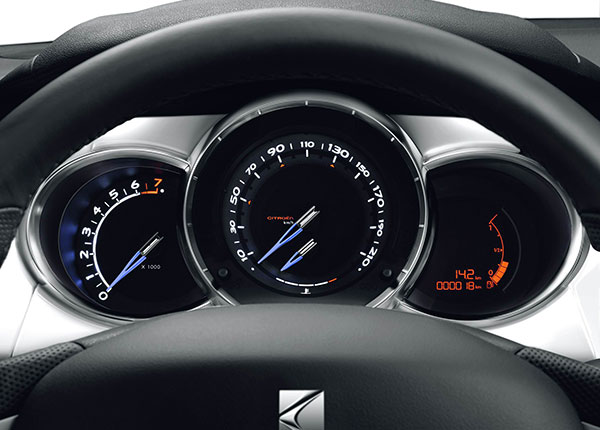 DRIVE SMOOTHLY AND AT MODERATE SPEED Nervous or aggressive driving, with constant acceleration and braking, pushes up fuel consumption unnecessarily.
DRIVE SMOOTHLY AND AT MODERATE SPEED Nervous or aggressive driving, with constant acceleration and braking, pushes up fuel consumption unnecessarily.
Driving too close to the car in front of you is hard on both your engine and your brakes, particularly in the city. And driving at high speeds increases fuel consumption considerably.
Drive at a steady speed whenever possible and keep your distance from the cars in front of you. If your car has cruise control or a speed limiter, use it whenever you can maintain a steady speed. When you need to slow down, avoid braking at the last minute.
Anticipate and use your engine brake whenever possible to slow the car down naturally. Take your foot off the accelerator pedal for zero fuel consumption. Try to anticipate the traffic situation by looking ahead. For example, adapt your speed and slow down earlier to avoid stopping at lights where possible. Drive at moderate speed to consume less fuel. In short, drive smoothly to save money.
Vehicle load
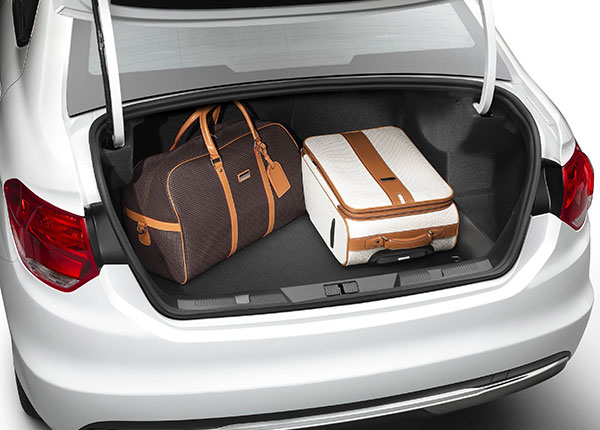 DO NOT OVERLOAD YOUR CAR The heavier your car, the harder the engine needs to work to move it forward – and the higher your fuel consumption. Where possible, avoid carrying objects that are unnecessary, particularly heavy objects.
DO NOT OVERLOAD YOUR CAR The heavier your car, the harder the engine needs to work to move it forward – and the higher your fuel consumption. Where possible, avoid carrying objects that are unnecessary, particularly heavy objects.
Carry objects inside your car whenever possible. Placing loads on the roof has a negative impact on aerodynamics as well as fuel consumption. Use a roof box only if you have no alternative. And remove it when you no longer need it.
Tyre pressure
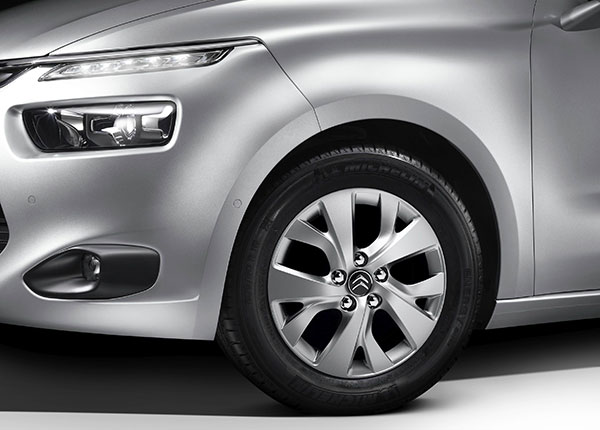 CHECK YOUR TYRE PRESSURE REGULARLY When your tyres are under-inflated, rolling resistance is higher than normal. The engine has to work harder and this pushes up fuel consumption.
CHECK YOUR TYRE PRESSURE REGULARLY When your tyres are under-inflated, rolling resistance is higher than normal. The engine has to work harder and this pushes up fuel consumption.
Under-inflated tyres can overheat, reduce roadholding and suffer wear and damage that can lead to blow out. The tyre pressure monitor present on many of our vehicles is a valuable aid, but it cannot replace regular checks.
Changes in temperature cause natural variations in tyre pressure. For example, pressure falls in cold weather (transition from summer to winter). So remember to check and adjust tyre pressure regularly, particularly when the temperature drops suddenly, and also when your vehicle is carrying heavy loads. For your safety, respect the pressure levels recommended by the manufacturer, which apply to cold tyres.
Using “winter” tyres considerably increases rolling resistance on dry ground. They contribute to safety in poor weather conditions but should be removed whenever driving conditions permit.
Journey planning
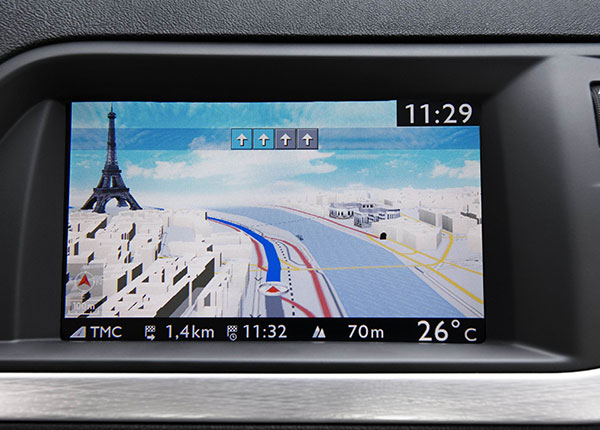 PLAN YOUR JOURNEY You consume more fuel in traffic jams or on frequent short journeys. In dense traffic, drivers tend to adopt a more erratic driving style, braking and accelerating constantly. This pushes up fuel consumption unnecessarily.
PLAN YOUR JOURNEY You consume more fuel in traffic jams or on frequent short journeys. In dense traffic, drivers tend to adopt a more erratic driving style, braking and accelerating constantly. This pushes up fuel consumption unnecessarily.
Plan and combine your journeys to make them as cost-effective as possible. Avoid rush hour and traffic jams whenever possible. Plan your route so that you can drive smoothly, limit acceleration and braking, and keep mileage down.
If you get stuck in a traffic jam, turn your engine off. Similarly, when you make a quick stop to buy bread or a paper, etc., turning the engine off should be a reflex. This will always save fuel as well as limiting the nuisance of exhaust fumes.
Warming the engine
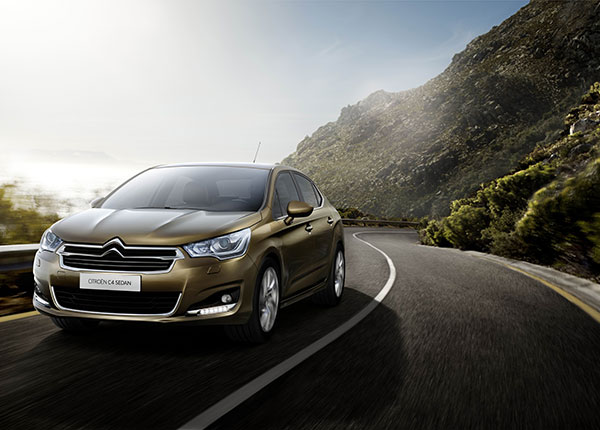 DRIVE TO WARM YOUR ENGINE The colder your car, the more energy it needs to move forward. On short journeys in winter, the fuel consumption of your car can increase by as much as 50%. When you start up, do not idle your engine to warm it. Move off at a moderate speed as soon as you can. Your vehicle will warm up faster when you drive. Modern cars are designed to start without using the accelerator pedal, since this simply consumes fuel while contributing nothing to start-up.
DRIVE TO WARM YOUR ENGINE The colder your car, the more energy it needs to move forward. On short journeys in winter, the fuel consumption of your car can increase by as much as 50%. When you start up, do not idle your engine to warm it. Move off at a moderate speed as soon as you can. Your vehicle will warm up faster when you drive. Modern cars are designed to start without using the accelerator pedal, since this simply consumes fuel while contributing nothing to start-up.
Closed windows
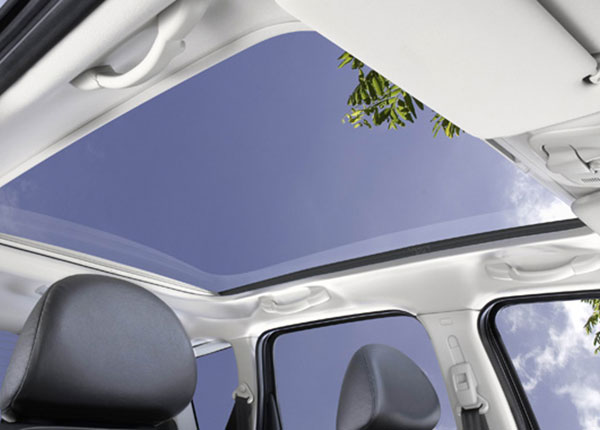 DRIVE WITH THE WINDOWS CLOSED Driving at speeds of over 50 kph with an open window or sunroof considerably increases aerodynamic drag.
DRIVE WITH THE WINDOWS CLOSED Driving at speeds of over 50 kph with an open window or sunroof considerably increases aerodynamic drag.
This is also true for convertibles in an open-top configuration. When driving at speed, close the windows to save fuel. Use the in-car system to cool the cabin. Air conditioning is particularly efficient when the vehicle is moving at high speed.
Power management
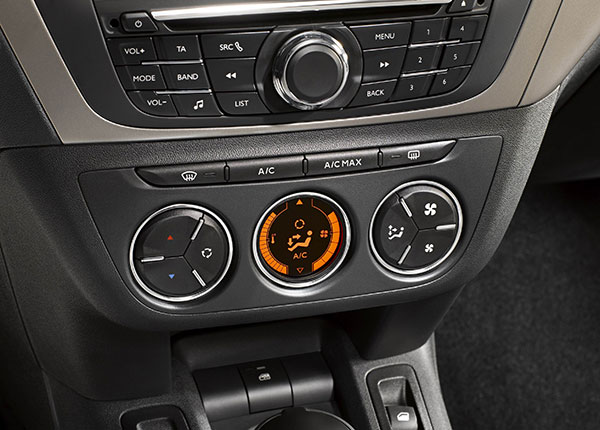 MANAGE POWER-HUNGRY SYSTEMS All your in-car electrical systems are powered by the engine. As a result, the more electricity you use, the more fuel you consume. Generally speaking, adopt a reasonable approach: do not leave electrical systems running unnecessarily.
MANAGE POWER-HUNGRY SYSTEMS All your in-car electrical systems are powered by the engine. As a result, the more electricity you use, the more fuel you consume. Generally speaking, adopt a reasonable approach: do not leave electrical systems running unnecessarily.
Turn off the functions that heat the seats, demist the rear window or ventilate the cabin, for example, or place them on as low a setting as possible for your requirements. Air conditioning uses energy from the engine.
When temperatures are high, your fuel consumption can increase by as much as 25% if you maintain a low cabin temperature. Use air conditioning wisely. If you have an automatic system, do not select a temperature that is too cold or more than 4 or 5 degrees lower than the outside temperature. As well as saving fuel, you will avoid “heat shocks” when getting into or out of the car. If your car has been parked in the sun for a long period, move off at a low speed, with the air conditioning off and all the windows open to let the hot air out.
The air conditioning can then take over to keep the cabin at a constant temperature when the windows are closed. To avoid your car getting too hot, try to park in the shade, and use screens or blinds on the windows where possible, if you are parked in the sun for a long period. If your car has blinds, close them, particularly if it has a sunroof.
Servicing
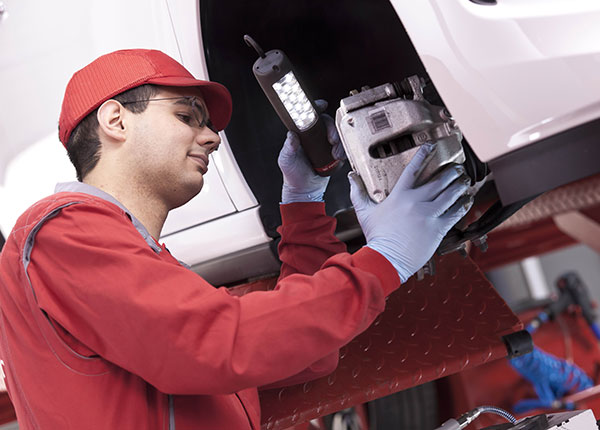 SERVICE YOUR VEHICLE REGULARLY If vehicle sub-systems (engine, gearbox, air conditioning, tyres, etc.) are poorly maintained, your car runs less efficiently and consumes more fuel. To keep your car running at peak efficiency, you need to have it regularly serviced by a professional mechanic. Make sure that all parts and consumables (oil, air filter, tyres, etc.) are guaranteed, recommended and tested by Citroën. Each component used by your vehicle complies with detailed specifications. Engine oil, for example, provides lubrication but also contributes to engine efficiency; This is true for most of the parts used by your car. A poorly maintained air conditioning sytem consumes far more fuel. It is very much in your own interest to ensure that your car is well serviced, since it will consume less fuel, be more reliable, and command a higher price when you sell it on.
SERVICE YOUR VEHICLE REGULARLY If vehicle sub-systems (engine, gearbox, air conditioning, tyres, etc.) are poorly maintained, your car runs less efficiently and consumes more fuel. To keep your car running at peak efficiency, you need to have it regularly serviced by a professional mechanic. Make sure that all parts and consumables (oil, air filter, tyres, etc.) are guaranteed, recommended and tested by Citroën. Each component used by your vehicle complies with detailed specifications. Engine oil, for example, provides lubrication but also contributes to engine efficiency; This is true for most of the parts used by your car. A poorly maintained air conditioning sytem consumes far more fuel. It is very much in your own interest to ensure that your car is well serviced, since it will consume less fuel, be more reliable, and command a higher price when you sell it on.
Running-in
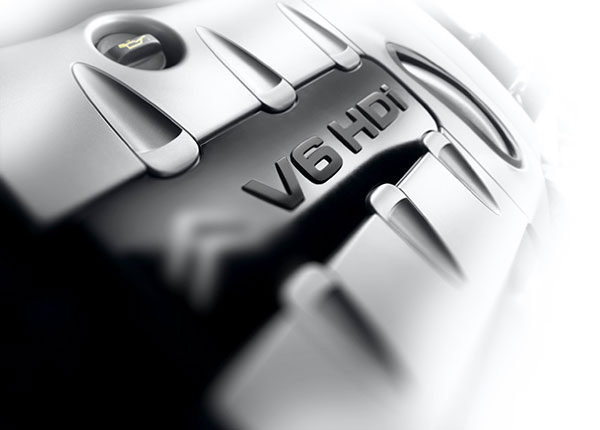 RUNNING-IN FOR SMOOTH RUNNING You have just bought a new car. To perform at peak efficiency, it needs a short running-in period. Your car will reach its optimum level of fuel consumption after notching up mileage of between 3,000 and 5,000 kilometres.
RUNNING-IN FOR SMOOTH RUNNING You have just bought a new car. To perform at peak efficiency, it needs a short running-in period. Your car will reach its optimum level of fuel consumption after notching up mileage of between 3,000 and 5,000 kilometres.
In short, run your car in thoroughly in order to maximise efficiency and save money.